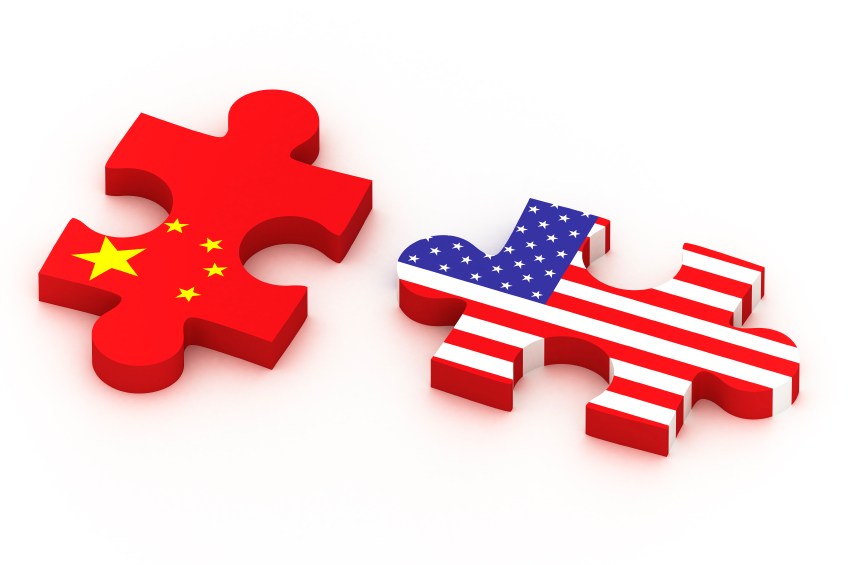In the past few weeks, how many of us have seen (or participated in) that summer staple, the three-legged race? Two people stand side by side, each placing one leg into a gunny sack, then trying to coordinate movements to stay upright while running to a picnic table at the finish line. Visualize the U.S. and China similarly tethered together, but each trying to beat the other to a prize more valuable than hot dogs and potato salad — economic dominance in the 21st century.
The two superpowers are clearly joined at the hip economically, because so much of China’s production is shipped to U.S. consumers. Although each nation may have one leg apiece this common sack, make no mistake, they are competing to get ahead in at least one crucial area — to be the most energy-efficient, because energy resources enable economic growth and using those resources efficiently drives higher profits, employment, and tax revenues.
China has overtaken the U.S. this year as the world’s largest emitter of carbon pollution (a measure of inefficiency) and the number one consumer of energy, according to the International Energy Agency. But according to the World Bank, China uses 20-100 percent more energy per unit of industrial output than the U.S. or Japan.
So last week, the Chinese central government ordered the closure of 2,000 highly polluting and energy-inefficient plants within 60 days. Eighteen industries were affected, including the building blocks of any economy — steel, paper, and cement. China is committed to improve energy efficiency some 20 percent by the end of this year (compared to 2005 levels) and is already about three quarters of the way to that goal. These closures — and shifting production to more efficient factories — will help it get the rest of the way.
Meanwhile, U.S. authorities may not have the power to simply close inefficient, polluting factories, but regulators are using other methods to keep up in the efficiency race. Last week, the Environmental Protection Agency (EPA) announced limits on mercury pollution from cement plants, for example, effectively saying the same thing to that industry as China did — become more efficient or shut down. In a few months, the EPA will expand these limits to the largest source of carbon pollution in America — coal fired power plants. These rules are added to the EPA’s recently proposed reductions in carbon emissions and, while limiting mercury and carbon not only creates environmental and public health benefits, it forces factories to become more efficient by eliminating those wastes.
The race is also on for securing energy resources. We hear stories almost daily about China’s global buying spree of oil and gas reserves, but this year China overtook the U.S. as the world’s leader in wind power production too. The U.S. invaded Iraq to secure oil reserves and spends well over $100 billion annually on defending oil around the globe, ensuring that our two nations will continue to trip over each other and drive up both prices and political tensions.
The lesson of the three-legged race is that cooperation pays bigger dividends than competition. Given how tied together we are, China and the U.S. might consider sharing energy efficiency and low carbon technologies to make sure that scarce energy resources are maximized for everyone. We should agree on reductions of carbon emissions over time and help each other to achieve those goals — technologically, politically, and financially — and mutually become more efficient and profitable in the process.




